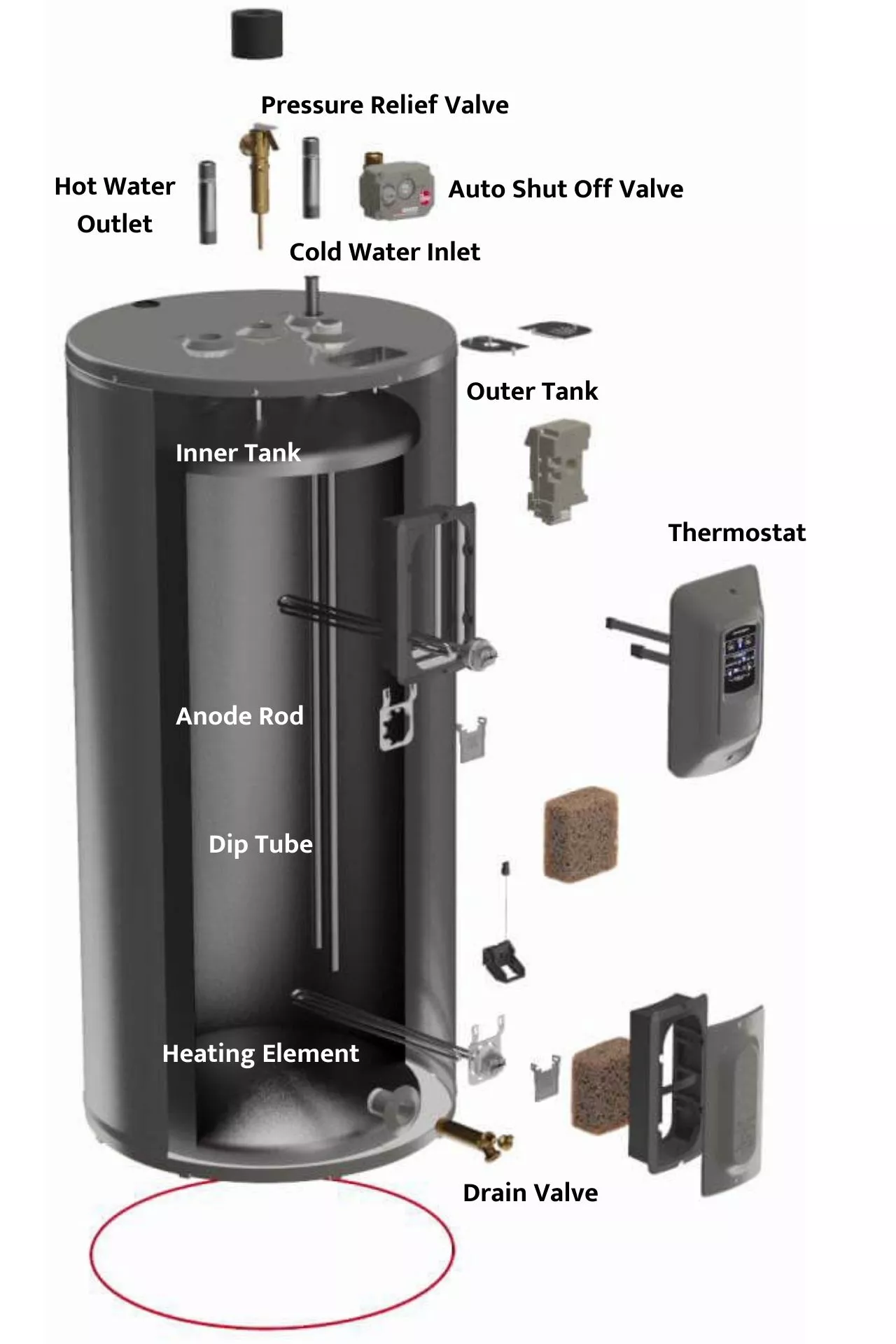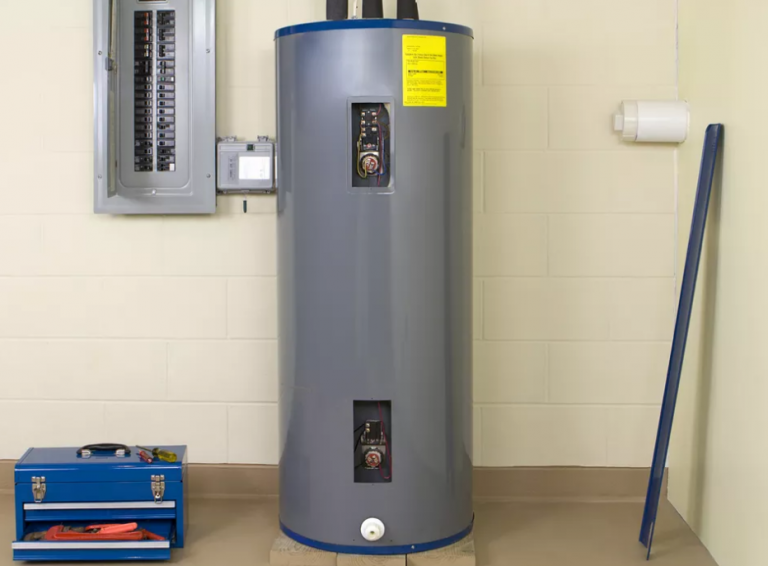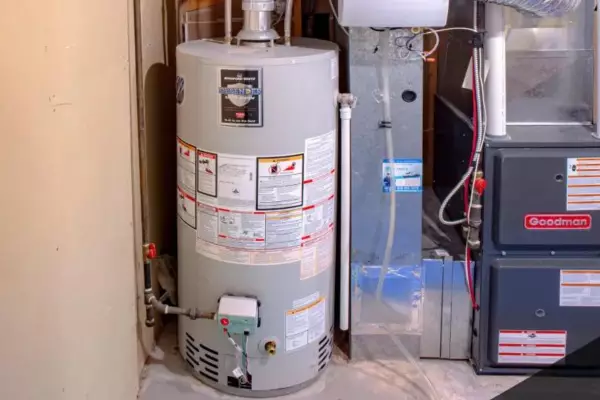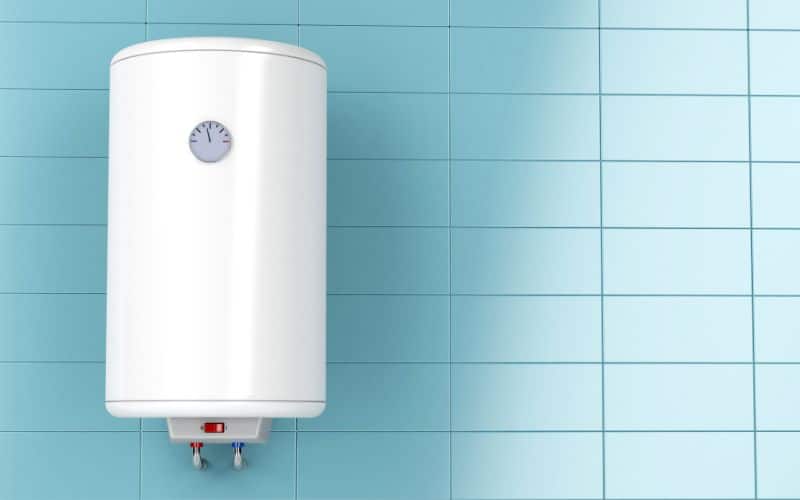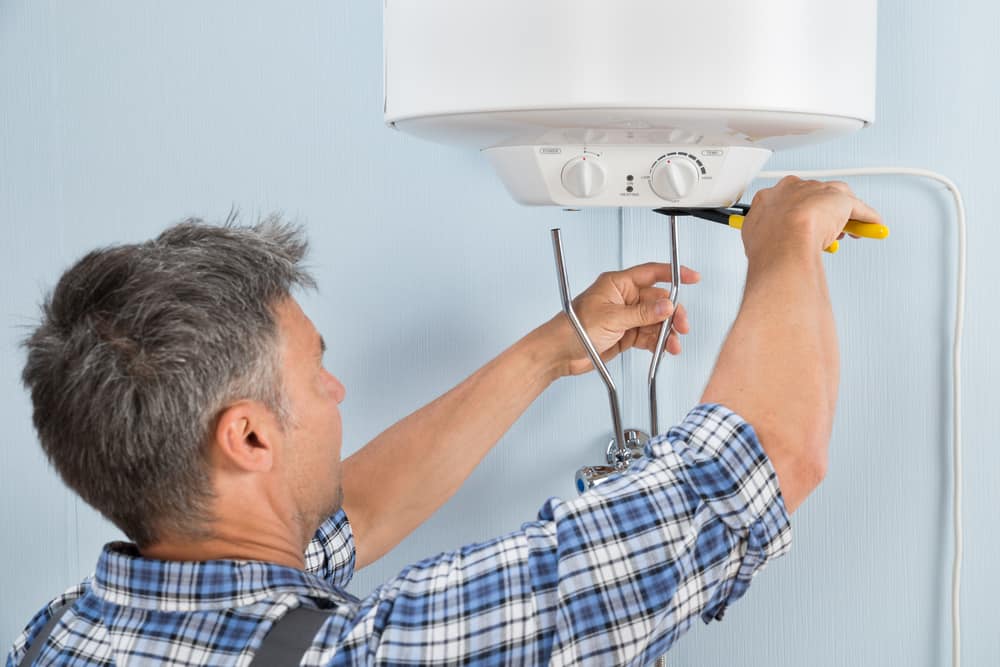Can You Transport A Water Heater On Its Side

Urgent warnings are circulating regarding the transportation of water heaters. Laying a water heater on its side during transport can cause significant internal damage, potentially voiding warranties and leading to costly repairs.
This article clarifies the risks associated with horizontal water heater transport. We address the concerns of homeowners and contractors alike needing to move these appliances safely.
The Core Issue: Internal Damage
The primary concern lies with the internal components of a water heater. These components, not designed for lateral stress, can shift and break.
Specifically, the glass lining in many water heaters is susceptible to cracking. This damage is often invisible but can lead to premature tank failure and leaks.
"Transportation damage is a leading cause of premature water heater failure," warns Bob Vila, the home improvement expert.
Manufacturer Guidelines: A Clear Stance
Most manufacturers explicitly advise against transporting water heaters horizontally. Their installation manuals and warranty documents typically specify upright transport.
Violating these guidelines often voids the warranty, leaving the owner responsible for all repair or replacement costs. Check your manufacturer's specific instructions before moving the unit.
Key Manufacturers and Their Recommendations
Rheem, Bradford White, and A.O. Smith, major water heater brands, all recommend upright transport. Consult their official websites for detailed transportation guidelines.
These brands emphasize the importance of preventing damage to the internal tank lining and heating elements. Sticking to vertical transport is key.
According to the Bradford White website, "Improper handling or transportation may result in damage not covered under warranty."
The Mechanics of Damage: What Happens Inside
When a water heater is placed on its side, the weight of the internal components shifts. This places undue stress on the glass lining and the heating element connections.
This pressure can cause the glass lining to crack, creating weak points in the tank. Moreover, the heating elements can become dislodged or damaged.
Even minor bumps or vibrations during transport can exacerbate these problems. Proper handling is critical.
Safe Transport: Best Practices
The safest way to transport a water heater is upright, secured to prevent tipping. Use straps or tie-downs to keep it stable in your vehicle.
Ensure the base of the water heater is supported and protected from impact. Consider using padding or a dedicated water heater transport platform.
When lifting, always use proper lifting techniques to avoid personal injury. If the heater is too heavy, enlist help or use a hand truck.
Alternative Solutions: When Upright Transport Isn't Possible
If upright transport is genuinely impossible, minimize the risk. Drain the water heater completely to reduce weight and internal stress.
Wrap the water heater in protective padding, like blankets or bubble wrap. Secure it firmly to prevent shifting during transit.
However, remember this approach is not recommended by manufacturers. It comes with inherent risks to the appliance.
Professional Installation: A Worthwhile Investment
Consider professional installation to avoid transportation risks altogether. Many retailers offer delivery and installation services.
Professional installers have the expertise and equipment to handle water heaters safely. This minimizes the chance of damage and ensures proper installation.
Investing in professional installation can save you money in the long run. It protects against potential damage and costly repairs due to improper handling.
The Bottom Line: Prioritize Upright Transport
The consensus is clear: transporting a water heater on its side significantly increases the risk of damage. Always prioritize upright transport whenever possible.
Ignoring manufacturer recommendations can lead to voided warranties and unexpected expenses. Taking precautions will protect your investment.
By following best practices and prioritizing upright transport, you can ensure your water heater arrives safely and functions optimally.
Next Steps: Verify Warranty and Transport Options
Before transporting a water heater, review your warranty documentation. Clarify the transportation requirements with the manufacturer or retailer.
Explore professional delivery and installation options if available. Consider the cost of these services against the potential risk of damage during DIY transport.
Continual updates on water heater safety and handling will be provided. Stay informed to make the best decisions for your home and budget.
